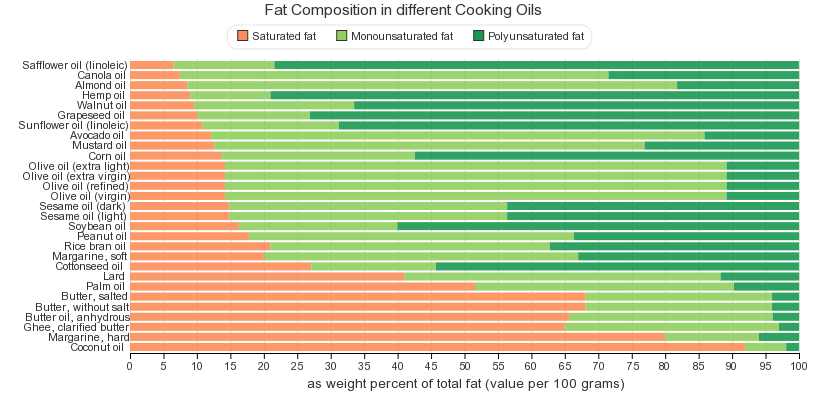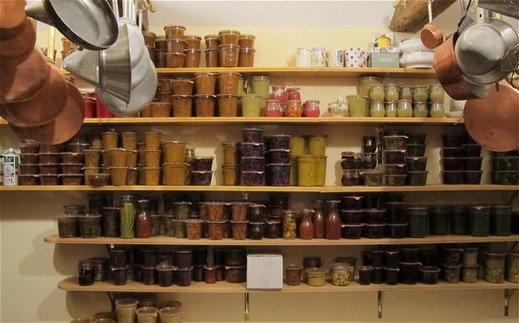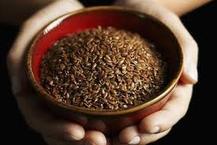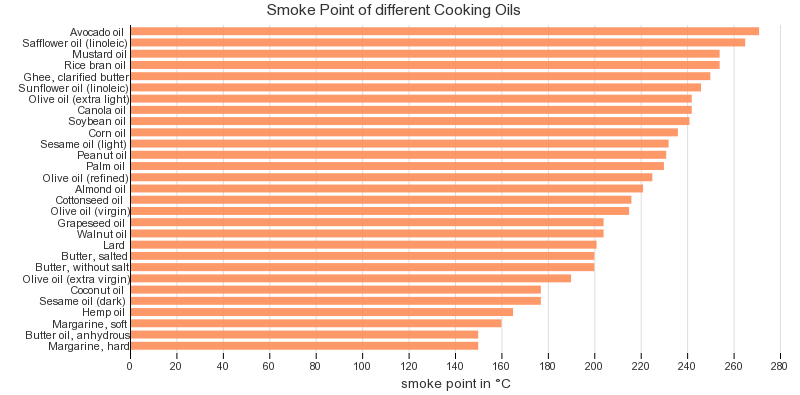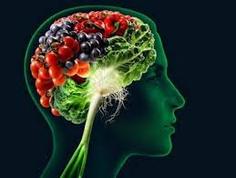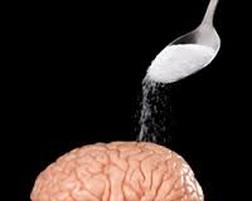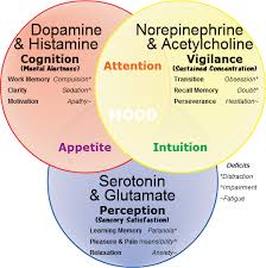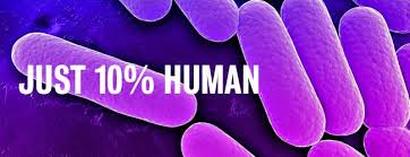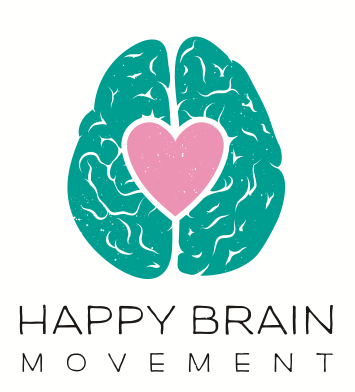
I think of how we can evolve the holiday and make it just a little more wholesome again. One of the biggest contemplations is all the candy, candy, candy. What to do with it if there is the expectations of going out trick or treating? We may not be able to avoid sweets on this particular holiday, but what we can avoid are the unhealthy ingredients, such as artificial sweeteners, GMOs, artificial food dyes and hydrogenated oil, which can lead to behavioural reactions and tantrums, and may negatively impact health over the long term.
Here's some tips
*Set ground rules with your kids before you go trick-or-treating, how much candy can they eat on Halloween? And after?
*Have a ‘candy swap’, my sister calls it the switch witch, by replacing the unhealthy candies in the trick-or-treating bag with kid and parent-approved healthier ones, or invite your kids to trade in their candy haul for a special prize or outing. Many different organizations will do a 'buy back' program that donates to good causes. Evans Dental is running a great program so check it out if your in Calgary.
*Leave home will full bellies all around to prevent snacking along the way!
*When you're doling it out give something that is not candy. Stickers, small toys, pencils or colours are great to give out and if it's going to be candy, there are wonderful fair trade, organic, healthier versions of sweets out there. If you stock the good stuff, you can encourage your kids to indulge more healthfully!
Costumes are another concern during this holiday, if you are buying a new costume, you can still embrace green, non-toxic principles. Stay clear of soft vinyl in costumes, which likely contains Polyvinyl Chloride (PVC), a chemical linked to cancer, asthma, learning and developmental disabilities, obesity and reproductive disorders. Also be wary of Halloween makeup, which can contain dangerous heavy metals such as cadmium and tin.
What might be a better option for the little witches as well as Mother Earth might just be the good old second hand store. I always love making our own costumes but I do realize how much time and effort goes into spraying a large cardboard box with bright red spay paint and then stencilling the side of it and duck taping shoulder straps inside so it was totable while wearing, so someone could be a comfortable train!!
Activities are a great way to redirect the sugar drive..
*There are usually corn or straw bale mazes this time of year.
*Join a community center for their Howlin Halloween, there might be treat but there is usually activities to keep everyone occupied.
*Bonfire anyone?
* Host your own party, play a new Halloween type movie, tell stories, and make you own treats.
*Pumpkin carving/decorating contest.
I'll be roasting seeds for sure!
Have a happy holistic Halloween everyone!!!

